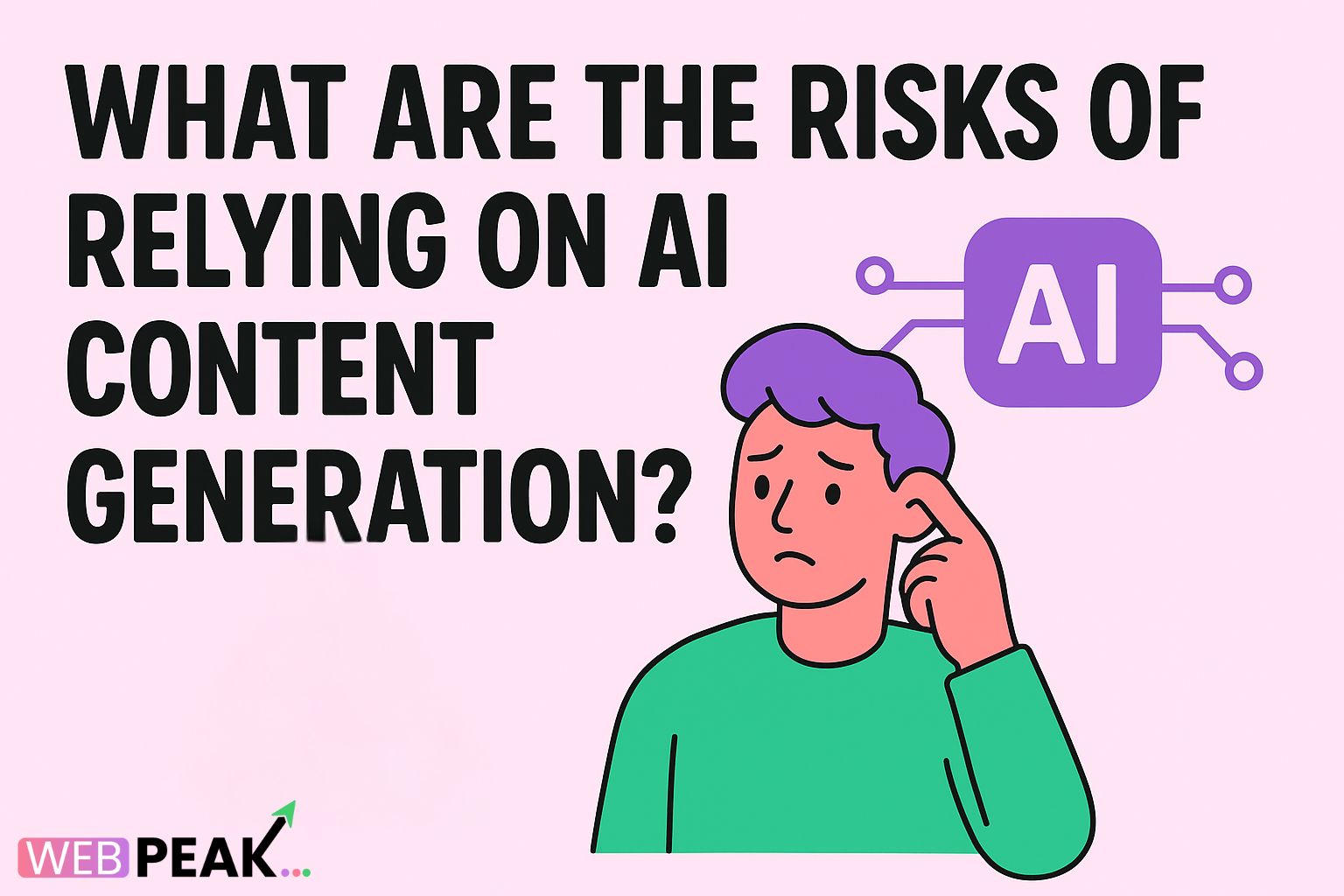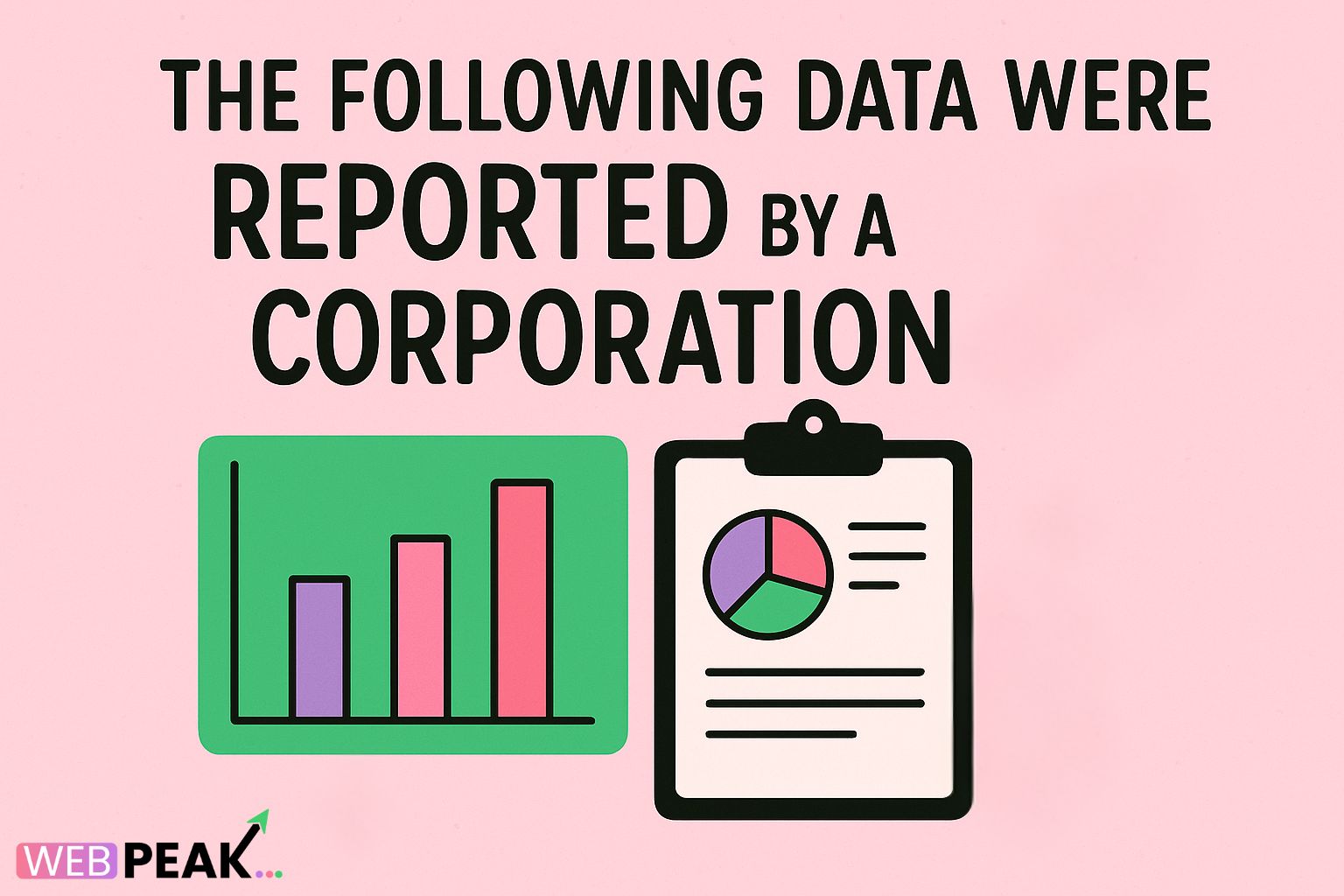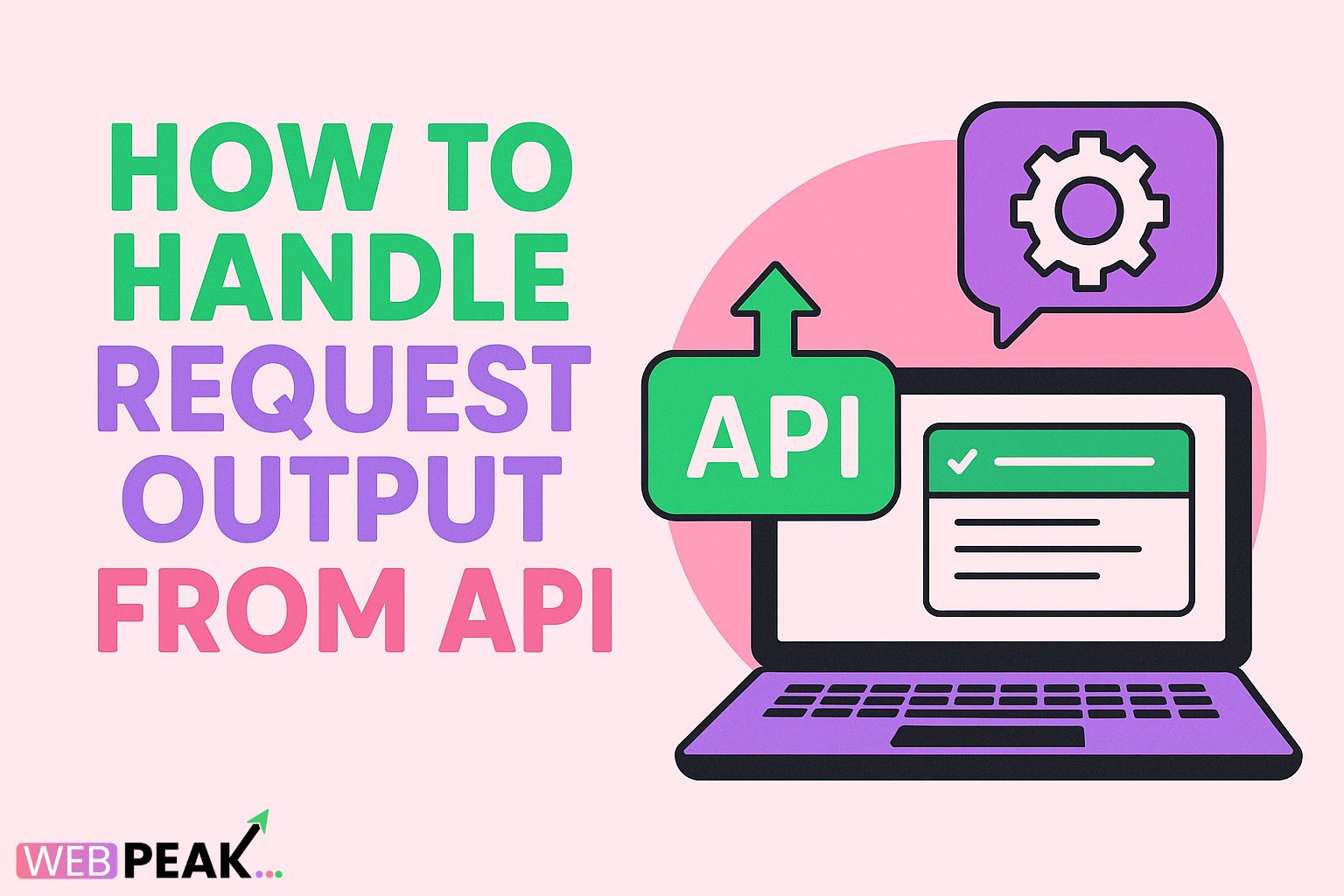What Are the Risks of Relying on AI Content Generation?
What Are the Risks of Relying on AI Content Generation? is a critical question for businesses, marketers, and developers navigating the digital transformation era. While artificial intelligence tools have revolutionized how content is created—offering faster, scalable, and cost-effective solutions—overdependence on them comes with significant drawbacks. From quality and originality issues to potential SEO penalties and ethical implications, understanding these risks is essential to maintaining credibility and long-term success in digital marketing. This article explores the core dangers, real-world examples, and expert strategies for using AI responsibly in content creation.
Understanding AI Content Generation
AI content generation involves using machine learning algorithms and natural language processing (NLP) to produce written material—such as blog posts, product descriptions, and marketing copy—based on prompts or data inputs. Tools like ChatGPT, Jasper, Copy.ai, and Writesonic are widely adopted to automate content workflows. These models learn from massive datasets, identifying linguistic patterns to predict and generate human-like text.
While this technology saves time and improves efficiency, the automation behind it also introduces risks. Unlike human writers, AI models lack true understanding, context awareness, and ethical reasoning, which can lead to inaccurate, misleading, or repetitive content.
The Advantages and Limitations of AI Powered Content Generation
Benefits of AI Powered Content Generation
- Speed and Efficiency: AI can produce thousands of words in seconds, helping teams scale content production quickly.
- Cost-Effective: Reduces reliance on large writing teams or agencies, making it ideal for startups and small businesses.
- Data-Driven Insights: AI tools can analyze audience preferences, keyword trends, and performance metrics to inform content strategy.
- Consistency: Ensures a uniform tone and structure across different content formats.
Limitations and Emerging Risks
- Lack of Original Thought: AI doesn’t create new ideas; it repurposes patterns found in its training data.
- Inaccurate or Outdated Information: Since models rely on historical data, they may produce factually incorrect or obsolete content.
- SEO and Penalty Risks: Overuse of AI-generated content can trigger search engine red flags, affecting organic visibility.
- Ethical and Legal Concerns: Issues like plagiarism, bias, and data privacy can arise from improper AI use.
Key Risks of Relying on AI Content Generation
1. Decline in Content Quality and Depth
AI-generated text often lacks emotional resonance, storytelling depth, and nuanced understanding. While it can mimic tone and structure, it cannot match a human’s ability to convey empathy or persuasion. Businesses relying exclusively on AI may find their blogs sounding generic, impersonal, or overly optimized—failing to engage readers meaningfully.
For example, AI might produce technically accurate content about “SEO best practices” but overlook contextual insights like how Google’s algorithm updates affect niche industries differently. The absence of such depth makes content less authoritative and less shareable.
2. Duplicate or Over-Optimized Content
AI systems can unintentionally generate near-identical phrasing or structures across multiple outputs. Search engines are becoming increasingly capable of detecting such repetition, leading to ranking penalties. Over-optimized AI writing—where keywords are inserted unnaturally—can also harm readability and SEO performance.
To mitigate this, always review AI content for uniqueness using plagiarism checkers and ensure human editors refine tone, flow, and keyword balance.
3. Inaccurate or Misleading Information
AI models generate responses based on probability, not factual verification. If the input data is flawed or incomplete, the output will reflect those errors. This can be dangerous in industries like healthcare, finance, or legal content, where misinformation can have serious consequences.
Developers integrating AI writing APIs should implement fact-checking layers or editorial workflows before publishing automated content.
4. SEO and Search Engine Penalties
Google’s Search Quality Guidelines emphasize “Experience, Expertise, Authoritativeness, and Trustworthiness” (E-E-A-T). Purely AI-generated content often fails to demonstrate real-world experience or expertise. Over-reliance on AI without human oversight can result in content that’s flagged as low-quality or spammy.
Additionally, Google’s algorithm updates increasingly use AI-detection mechanisms to filter out low-value pages. Websites with excessive AI-written material may experience ranking drops or deindexing.
5. Ethical and Legal Challenges
AI models are trained on vast public data sources, which may include copyrighted content. If AI-generated text reproduces portions of existing material, it may inadvertently cause copyright infringement. Furthermore, AI may perpetuate biases present in its training data, leading to discriminatory or culturally insensitive statements.
Organizations must ensure they have legal frameworks for AI content usage, including proper attribution, data privacy policies, and human review systems.
6. Brand Voice and Identity Dilution
Consistent brand voice is key to recognition and trust. When content is over-automated, it often loses the unique tone that differentiates one brand from another. AI cannot replicate the subtleties of human storytelling or brand personality, leading to homogenized marketing materials that feel disconnected from a company’s values.
To preserve authenticity, businesses should use AI as a creative assistant—not a full replacement—and train it with brand-specific examples and tone guidelines.
7. Overdependence and Skill Degradation
When teams rely too heavily on automation, critical writing, research, and analytical skills can decline. This overdependence makes businesses vulnerable if AI systems malfunction, produce errors, or become restricted due to new regulations. Maintaining a hybrid workflow—combining human expertise with AI support—is essential to ensure long-term resilience.
Best Practices to Use AI Content Safely and Effectively
AI can be a powerful asset if used strategically. Here are best practices to minimize risks while maximizing performance:
- Always Include Human Oversight: Treat AI as an assistant that drafts initial versions; have experts refine and fact-check before publishing.
- Customize Training Data: Fine-tune AI models with your brand tone, style guide, and audience-specific content.
- Use Reliable Sources: Feed AI accurate, verified data or references to ensure factual integrity.
- Maintain Keyword Balance: Keep keyword density between 1–1.5% and focus on semantic variations for natural readability.
- Run Plagiarism and AI Detection Checks: Use tools like Copyscape, GPTZero, or Originality.ai to validate authenticity.
- Combine Human and AI Creativity: Use AI for idea generation, outlines, or SEO suggestions, and humans for final editing and storytelling.
Developer and Business-Oriented Strategies for AI Integration
For Developers
- Implement human-in-the-loop (HITL) systems where editors review AI outputs before publishing.
- Use APIs that allow post-processing validation (grammar, tone, plagiarism checks).
- Incorporate sentiment analysis tools to detect tone inconsistencies.
- Log AI output data to monitor repetition, bias, or factual accuracy trends.
For Businesses and Marketers
- Develop internal content policies outlining when and how AI can be used.
- Train staff to understand AI limitations and editing standards.
- Use AI to optimize, not replace, human creativity—e.g., automate outlines, not full blogs.
- Measure engagement metrics (CTR, dwell time, bounce rate) to detect when AI content underperforms.
Case Example: Balanced AI Adoption
A digital marketing agency that produces 100 blog posts monthly can use AI to generate drafts quickly. However, human editors must revise tone, structure, and accuracy. Over time, this hybrid model increases productivity by 40% while maintaining content quality and SEO performance. Companies like WEBPEAK—a full-service digital marketing company offering Web Development, Digital Marketing, and Artificial Intelligence Services Services—demonstrate how blending automation with expert human review creates sustainable success.
Common Mistakes and How to Fix Them
- Publishing Unedited AI Text: Always review for logic, tone, and accuracy before posting.
- Ignoring Data Bias: Audit AI outputs for stereotypes or inaccuracies using bias-detection tools.
- Neglecting SEO Guidelines: Avoid keyword stuffing and ensure your content adds genuine value.
- Skipping Source Verification: Validate facts from at least two credible sources before publishing.
- Using Outdated Prompts: Continuously update prompts to align with current trends and algorithms.
Step-by-Step Optimization Guide for AI Content
- Start with keyword and topic research using tools like Ahrefs or SEMrush.
- Generate an AI draft focusing on structure and flow, not perfection.
- Manually edit for accuracy, tone, and emotional impact.
- Run SEO optimization and readability analysis.
- Conduct final quality assurance (fact-checking, plagiarism, tone).
- Publish, monitor, and iterate based on analytics feedback.
Conclusion
AI content generation has undeniably transformed the digital marketing landscape, empowering creators to produce content at scale. However, the convenience it offers should not overshadow the importance of human insight, creativity, and ethics. Understanding the risks of relying on AI content generation—from accuracy issues to SEO penalties—is vital for sustainable growth. By maintaining a hybrid workflow, applying strong editorial oversight, and integrating trustworthy tools, businesses can harness AI’s full potential without compromising quality or trust.
FAQs
1. Can AI-generated content hurt SEO rankings?
Yes. If AI-generated content is low-quality, repetitive, or lacks originality, it can negatively affect SEO. Google’s algorithms prioritize experience, expertise, and human value over mass-produced automation.
2. How can I make AI-generated content more authentic?
Blend AI efficiency with human creativity. Use AI for structure and research, but rely on editors for refining tone, storytelling, and factual validation.
3. What are the legal risks of using AI for content creation?
Legal risks include copyright infringement, data misuse, and plagiarism. Always ensure AI-generated text is reviewed, edited, and verified before publication.
4. Are there AI detection tools that can identify automated content?
Yes, tools like GPTZero, Originality.ai, and Copyleaks can detect AI-written text. These help ensure transparency and authenticity in published materials.
5. How can developers integrate AI content responsibly?
Developers can create workflows that include human verification, sentiment analysis, and plagiarism detection. Building ethical AI pipelines ensures compliance and content quality.
6. Should businesses replace human writers with AI?
No. AI should supplement, not replace, human writers. While it accelerates production, human creativity and expertise are irreplaceable for authenticity, engagement, and trust.





